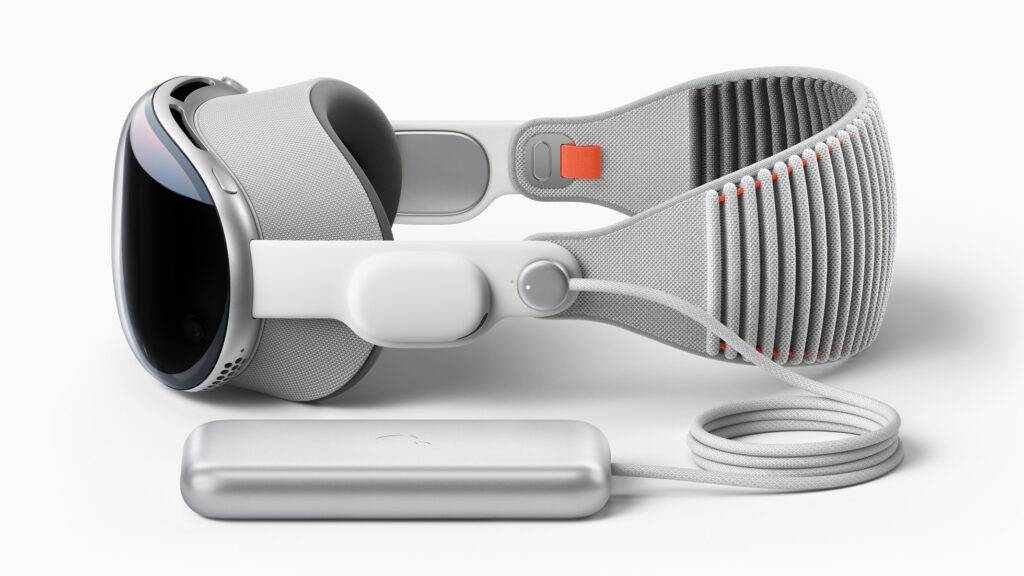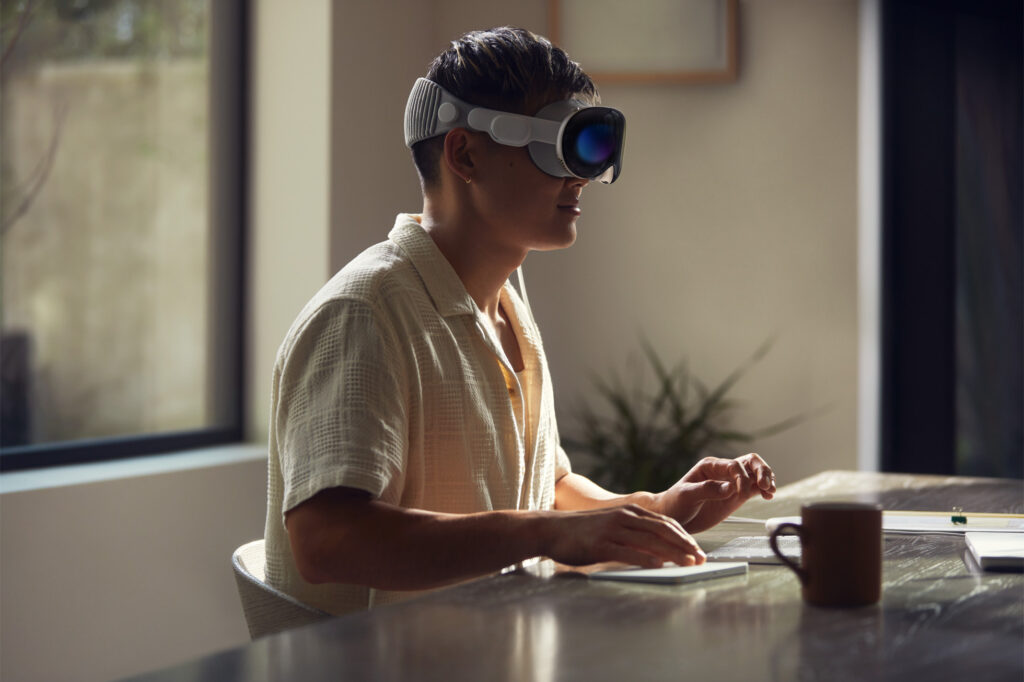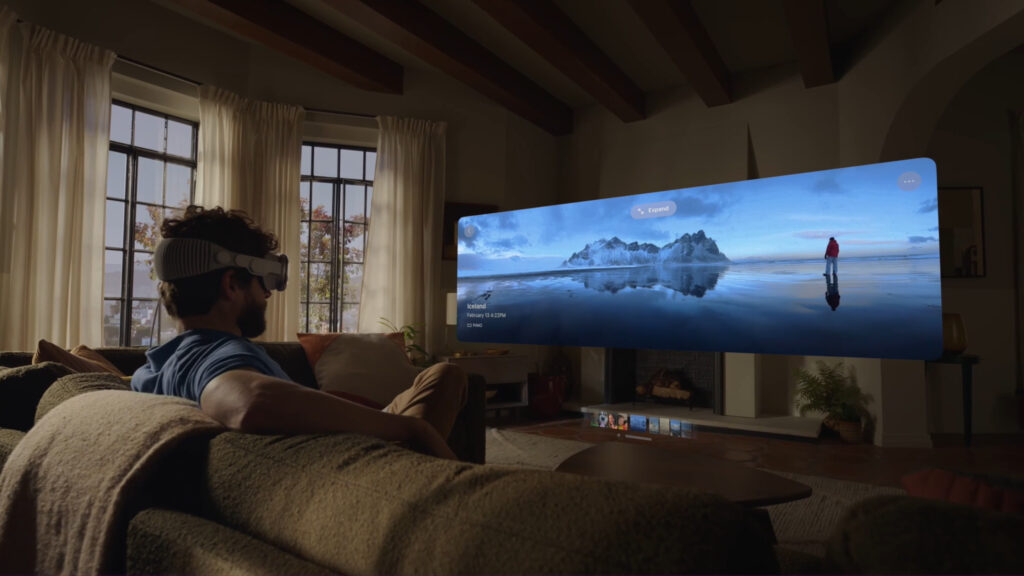Apple’s long-awaited entry into the XR space with the newly released Apple Vision Pro headset marks a significant milestone for the immersive industries. In terms of awareness, the engagement of the tech giant in the headset industry mirrors its previously successful roll-outs of smartphones for mass-market appeal. From a technical standpoint, the industry anticipates that Apple’s standard-setting features will similarly influence immersive headsets as they did with screen devices. Economically, the launch of a premium device with top-tier specs is expected to catalyze a trickle-down effect in both component manufacturing and content experience. Therefore, the AVP appears poised for success, and a failure could impede the industry’s progress towards broader adoption. In any case, it is indeed a game changer.

However, this change may unfold differently than expected. While the AVP is undoubtedly a premium device with potential trickle-down effects, its success hinges on delivering immediate and tangible benefits to users. It has the potential to follow in the footsteps of smartphones, but this will require continuous iteration to enhance user experience. Additionally, while the AVP raises awareness of headset technology, its success depends on balancing technological sophistication with usability. Unfortunately, the first edition of Apple’s Vision Pro falls short in achieving these goals. The headset sets the stage for a future where computing takes place on the user’s face, but it risks narrowing users’ perspectives rather than expanding them.


At first glance, the AVP extends Apple’s expertise in screen devices into the virtual realm, emphasizing quality, branding, and familiarity. It showcases Apple’s progression by eschewing controllers, favoring hand tracking for usability, and minimizing motion sickness through seated applications. However, upon closer inspection, the device seems rooted in a past understanding of headset technology rather than pushing boundaries towards the future. Instead of broadening users’ horizons, the AVP simulates a constrained perspective akin to traditional screens, limiting the potential of virtual reality.

In its current state, Apple’s marketing of spatial computing prioritizes the second term over the first one, promising a potential reversal in the future. However, the path forward remains uncertain. How many iterations will it take to transcend our entrenched screen-centric views? By adhering too closely to present computing standards, the AVP risks stifling its own vision of the future. Despite its promise, the Apple Vision Pro comes across as a contradictory time machine, simultaneously rooted in the past and reaching towards the future. The only certainty is its undeniable impact on the XR space: the Apple Vision Pro will either confine it to traditional viewing experiences, or Apple’s vision will be spaced out by the sheer vastness of its imaginations.
All images by Apple, taken from Apple Vision Pro’s product web page

